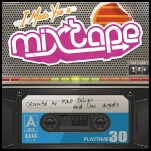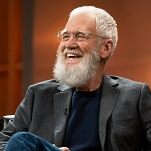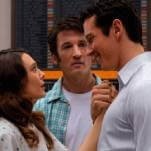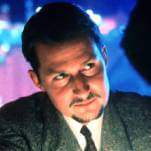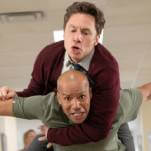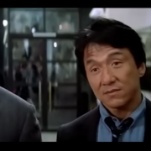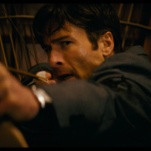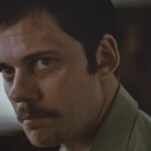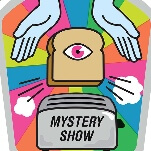Move your clocks and plots forward: 9 stories where daylight saving time actually does something
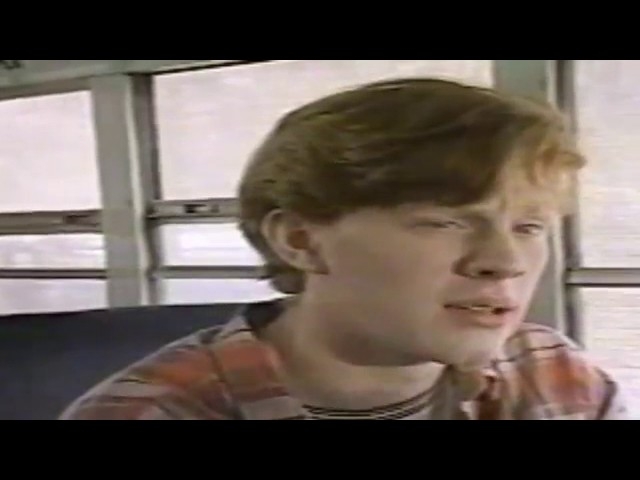
Over the weekend, much of the world’s population dutifully set its clocks one hour ahead in adherence with daylight saving time, that mandatory act of “springing forward” in order to… something about farmers. Or coal. Or whatever. As a popular Last Week Tonight With John Oliver segment pointed out, most of us don’t actually know why daylight saving time exists, or more pointedly, why it’s still around. (The answers: Germans, and who knows.) What we do know is that, twice a year, everyone suddenly has to remember how to set the clocks in their cars, toddlers scream extra loudly about bedtime, and the number of accidents goes up because everyone’s groggy and confused. Daylight saving time is one giant, inexplicable headache, right down to its name: It’s daylight saving, singular, even though “daylight savings” just sounds right. It’s like one big, fucking “Actually…” from the government.
That said, daylight saving time rarely has any real, dramatic impact on our lives, so stories where it plays any sort of significant role are understandably rare. Here are nine exceptions.
1. The Adventures Of Pete & Pete, “Time Tunnel” (1994)
The “adventures” part of The Adventures Of Pete & Pete is not meant in jest: The live-action Nickelodeon series granted the experiences and mysteries of youth an epic sense of proportion, conversely making it one of TV’s most authentic depictions of adolescence. What happens to the ice-cream truck driver at the end of summer? Who’s responsible for those “inspected by” tags on your underwear? And where does that extra hour go every fall? The third question forms the basis of season two’s “Time Tunnel,” which traces a beloved Wrigley family tradition: Big Pete (Michael Maronna) and Little Pete (Danny Tamberelli) traveling one hour into the past at the end of daylight saving time. Trouble is, on the fateful Saturday depicted in “Time Tunnel,” Big Pete has his mind on the future, too eager to find out if his buddy Ellen (Alison Fanelli) is a girl and a friend who could also be his girlfriend. Ditching a kid sibling in favor of a date is the stuff of classic TV conflict, but it’s also a poignant comment on growing up. In “Time Tunnel,” the Petes are at a stage in their lives where their age differences are becoming much more pronounced, a time warp that no amount of Riboflavin can protect against. (Says Big Pete in voice-over: “Without a megadose of Riboflavin, you can end up stuck in the time vortex.”) Wise beyond his years, Little Pete recognizes this, and he sacrifices time-traveling with his older brother so that Big Pete can reverse his callow treatment of Ellen. He’s rewarded for it, thanks to another mystery of time and space: By crossing time zones during a climactic chase with bully “Endless Mike” Hellstrom (Rick Gomez), Little Pete gets to wind the clock back two whole hours. [Erik Adams]
2. Teen Titans Go!, “Titan Saving Time” (2017)
Cartoon Network’s superhero satire Teen Titans Go! has been known to offer some useful, purely educational episodes from time to time—like the one where Robin teaches everyone about equity. “Titan Saving Time” carries on this tradition with an adventure that’s all about how daylight saving time works. When the Titans become frustrated that the 2 o’clock hour keeps disappearing while they’re sleeping, they set off to investigate the de facto villains behind any daylight saving time story: farmers. The trail of the missing time eventually leads them to Old MacDonald’s farm, where they discover that the namesake evil farmer has literally kidnapped Time, here personified by a clock, in order to ruin the sleep of detested “city slickers.” Luckily, just as the Titans are about to be crushed by the farmer’s dog (Bingo is his name-o), Time is literally saved by Daylight—an especially muscular Sun in spandex. And that, kids, is where daylight saving time gets its name. [Sam Barsanti]
3. Eerie, Indiana, “The Lost Hour” (1991)
As the intro to one-season wonder Eerie, Indiana explains, the series concerns teenager Marshall Teller, who moves to a strange Midwestern town where he often runs into trouble whenever he doesn’t abide by its bizarre rules. In “The Lost Hour” (one of three Eerie episodes directed by actor Bob Balaban), Marshall refuses to accept the fact that Indiana—in the 1990s, at least—doesn’t abide by daylight saving time. Declaring “I want my hour!” Marshall sets his watch back anyway. In Eerie, of course, this small act results in a rip in the space-time continuum, thrusting Marshall into a surreal dimension, called The Lost Hour, where almost everyone in town has disappeared. That is, except a runaway teenage girl, a group of homicidal garbagemen, and one really familiar-looking old milkman, who wears the same key around his neck as Marshall. Marshall eventually escapes The Lost Hour, but not before the milkman tells him he’ll return there someday, setting up an overarching mythology for the show that suggests Eerie and Marshall are forever linked. Unfortunately, Eerie, Indiana only lasted nine more episodes, so we never got to see that arc play out. But suffice it to say, daylight saving time has never had such universe-destroying consequences. [Gwen Ihnat]





